
This image captured by the US Landsat mission features Galong Co lake. New research published in Nature Geoscience reveals that the ice loss from Himalayan glaciers flowing into lakes has been underestimated by an average of 6.5% between 2000 and 2020. This underestimation has critical implications for predicting the region’s glacier demise and managing water resources for over 1.3 billion people in Asia. Credit: USGS/ESA
New research reveals that ice being lost from glaciers that flow into lakes in the Himalayas has been significantly underestimated. This discovery has critical implications for predicting the demise of the region’s glaciers and for managing critical water resources.
Ice loss from Himalayan glaciers flowing into lakes has been underestimated by 6.5% between 2000 and 2020, impacting predictions for glacier demise and water resource management for over 1.3 billion people in Asia. Researchers call for incorporating subaqueous mass loss in future glacier estimates and models.
Glaciers in the Himalayas are part of the ‘third pole’, so-called because ice fields in high-mountain Asia contain the largest reservoir of freshwater outside the polar regions. As a whole, the third pole provides freshwater for over 1.3 billion people in Asia.
Climate change isn’t only causing ice to be lost from the polar regions, but also from glaciers in these high mountains. And, with millions relying on water from this mountain ice, it’s important to understand and predict how this precious resource might be affected in the future.
The new findings, which were published in the journal Nature Geoscience on April 3, found that values of ice lost from Himalayan glaciers that terminate in lakes during 2000 to 2020 were, on average, underestimated by 6.5%.
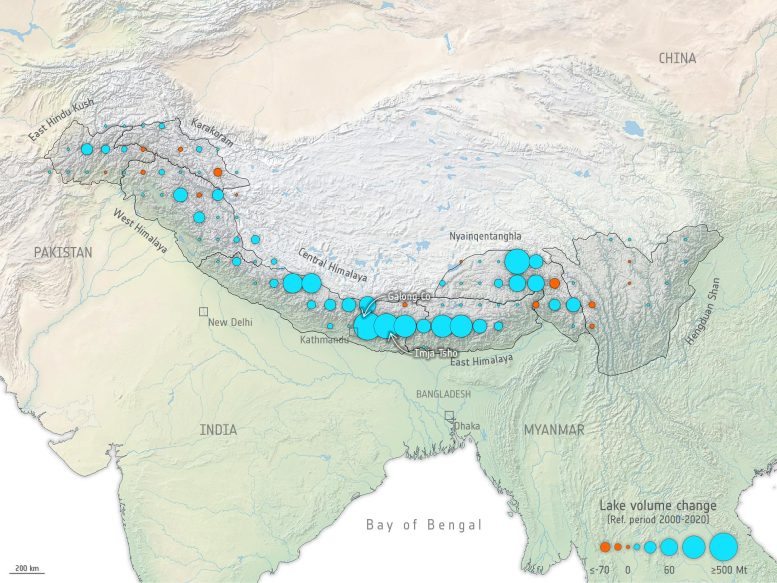
Changes in Himalayan lake volume. This map shows the changes in the volume of water held in lakes between 2000 and 2020. Orange indicates reduction in volume. The map shows the location of the Imja Tsho and Galong Co lakes. Credit: ESA (data source: Graz University of Technology/ Chinese Academy of Sciences
Digital elevation models based on satellite data have been used widely to estimate ice loss from glaciers. However, meltwater from glaciers often ends up as proglacial lakes – lakes that form in front of the ice. In effect, the glacial ice is replaced by lake water.
The traditional digital elevation model method of estimating ice loss measures the glacier and water surface but does not account for any ice loss that occurs below the surface of a lake.
The Himalayas and many other mountains have thousands of proglacial lakes, many of which are rapidly expanding. Yet, the contribution of subaqueous mass loss to total glacier mass loss has been largely neglected – until now.
An international team, including scientists from the Chinese Academy of Sciences and Graz University of Technology in Austria, used a long time series of satellite images, mainly from the US Landsat mission to detect changes in the outlines of lakes.
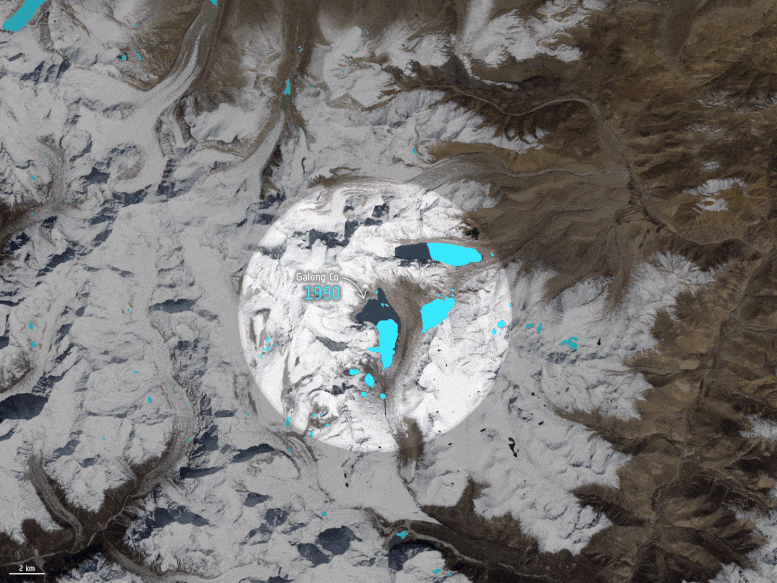
Galong Co lake volume change. Credit: ESA (data source: Graz University of Technology/ Chinese Academy of Sciences
They also measured the depth of numerous proglacial lakes between 2018 and 2021 using an uncrewed surface vessel and existing bathymetry data.
From the data on the changing shape of the lakes together with the bathymetry data, the team was able to estimate the volume of water the lakes held.
The research is, in part, an outcome of the Dragon program – a cooperation between ESA and China’s National Remote Sensing Centre that promotes the use of ESA, Third Party Mission, Copernicus Sentinel and Chinese satellite data for science and applications.
Although Landsat is a US mission, it is also an ESA Third Party Mission. Through the Third Party Missions program, ESA offers data from a wide range of satellite missions developed and operated by other agencies.
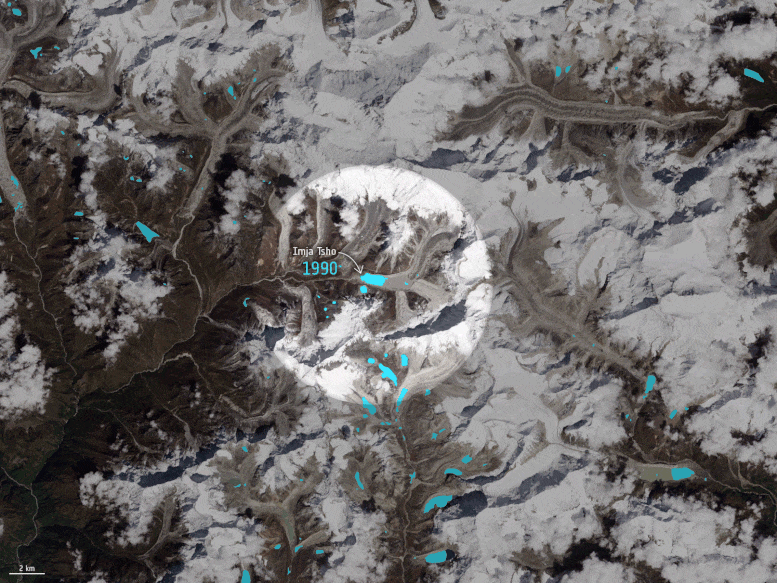
Imja Tsho lake volume change. Credit: ESA (data source: Graz University of Technology/ Chinese Academy of Sciences
Tobias Bolch, from Graz University of Technology in Austria and co-author of the paper, said, “While satellites provide a wealth of information about our changing world, they cannot ‘see’ underwater. We can only use satellite data to measure a lake’s surface, but not the ice below that is replaced by water.
“This had led to a gap in our understanding of the full extent of ice being lost from lake-terminating glaciers.”
Guoqing Zhang from the Chinese Academy of Sciences, and first author of the paper, explained, “From our research, we now know that proglacial lakes in the region increased by 47% in number, 33% in area, and 42% in volume between 2000 and 2020.
“We estimate that this equates glacier mass loss of around 2.7 Gt, which is about the same weight as 570 million elephants, and which has not been previously accounted for.”
The most significant underestimation of 10% occurred in the central Himalayas, where glacial lake growth has been the most rapid.
“This emphasizes the importance of incorporating subaqueous mass loss from lake-terminating glaciers in future mass-change estimates and glacier evolution models, regardless of the study region,” added Dr. Bolch.
Tandong Yao, co-author of the paper and who also co-chairs the Third Pole Environment program, noted, “By more accurately accounting for glacier mass loss, researchers can better predict future water resource availability in the sensitive mountain region.”
For more on this discovery, see Study Reveals Hidden Ice Melt in Himalayas.
Reference: “Underestimated mass loss from lake-terminating glaciers in the greater Himalaya” by Guoqing Zhang, Tobias Bolch, Tandong Yao, David R. Rounce, Wenfeng Chen, Georg Veh, Owen King, Simon K. Allen, Mengmeng Wang and Weicai Wang, 3 April 2023, Nature Geoscience.
DOI: 10.1038/s41561-023-01150-1

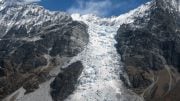
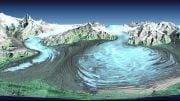
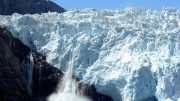
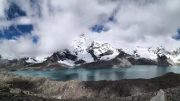

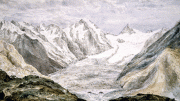

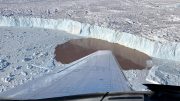
Be the first to comment on "The Himalayas’ Vanishing Act: Underestimated Glacier Loss Unveiled"